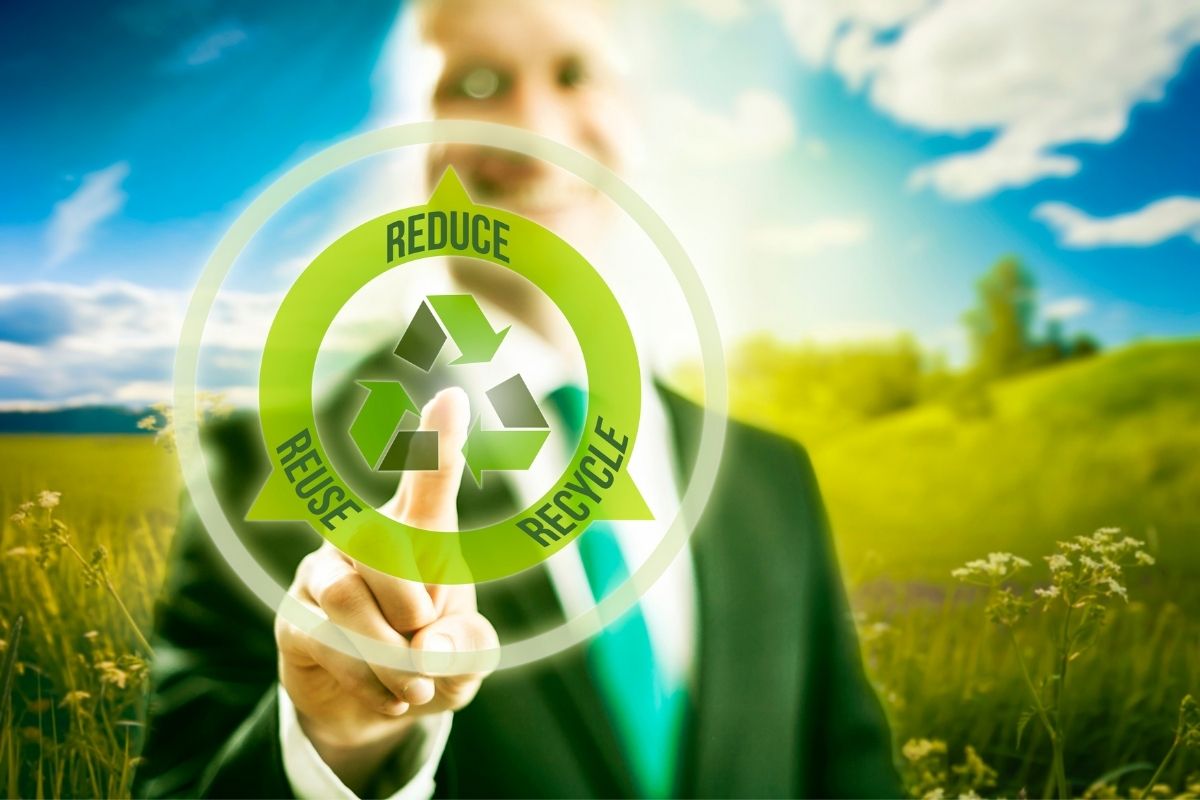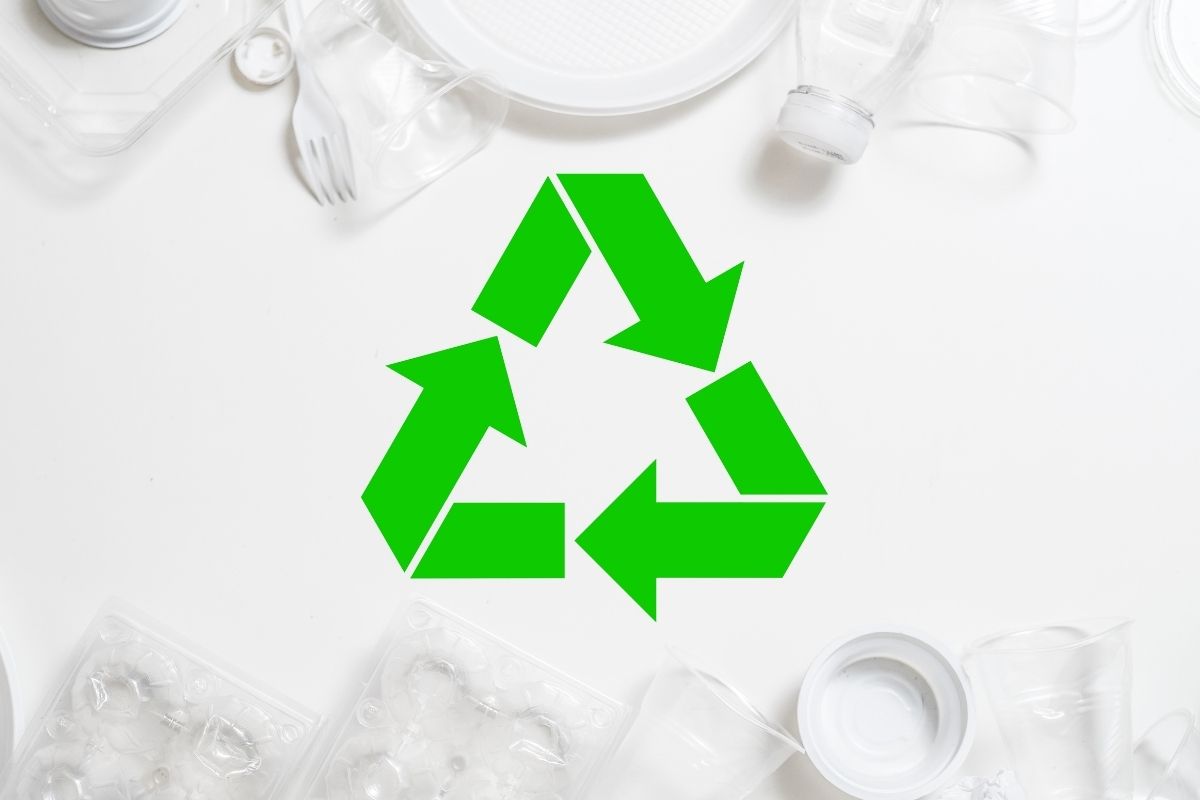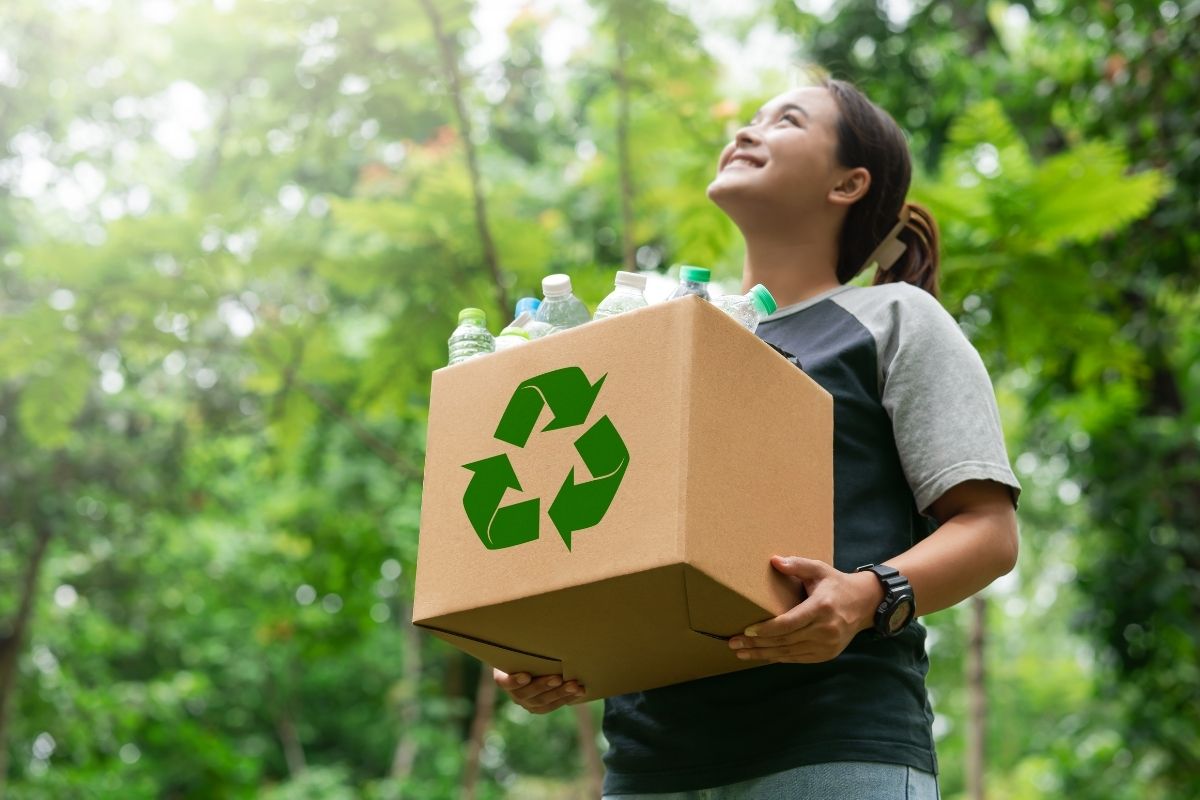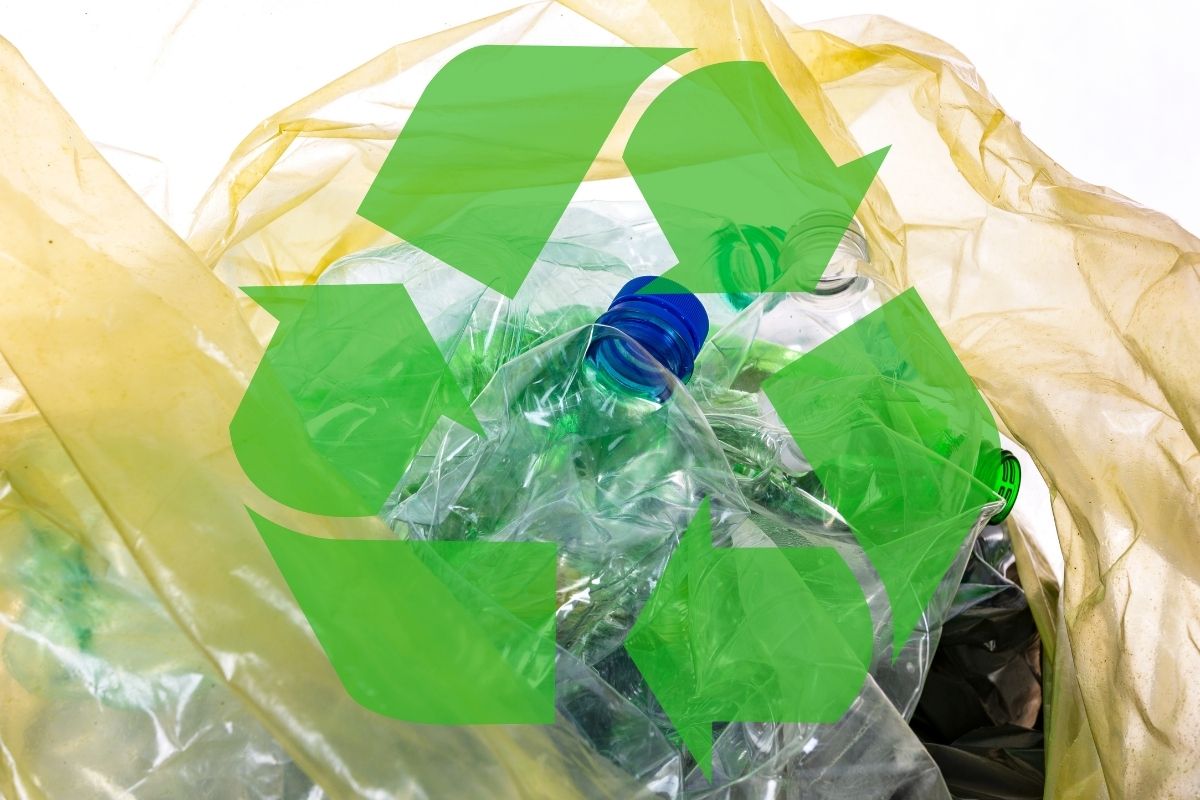In today’s world, where environmental concerns are increasingly at the forefront, the significance of waste reduction techniques cannot be overstated. These methods not only help to lessen the amount of waste generated but also promote sustainable practices that benefit the planet. This article delves into various waste-lessening techniques, exploring their benefits and offering practical tips on how to implement them in daily life.
Understanding Waste Reduction Techniques
Waste reduction techniques refer to strategies and practices aimed at minimizing waste generation at the source. Unlike recycling, which involves processing waste after it has been created, waste reduction focuses on preventing waste from being produced in the first place. This proactive approach is essential in mitigating the impact of waste on the environment, conserving resources, and promoting sustainable living.
The Importance of Waste Reduction Techniques
The need for effective waste reduction techniques is more pressing than ever. According to the World Bank, global waste generation is expected to increase by 70% by 2050, reaching 3.4 billion tons annually. This surge poses significant challenges to our environment, including increased pollution, greenhouse gas emissions, and the depletion of natural resources. By implementing waste-lessening techniques, individuals and businesses can play a crucial role in reversing this trend.
- Environmental Benefits: Waste reduction techniques help decrease landfill waste, reduce pollution, and conserve resources. When less waste is generated, there is less need for landfills, which can lead to a reduction in methane emissions—a potent greenhouse gas.
- Economic Savings: Reducing waste can lead to significant cost savings for individuals and businesses alike. By minimizing waste, companies can lower disposal costs, while consumers can save money by buying less and making better use of what they have.
- Enhanced Community Health: Waste management issues often lead to health problems in communities. By adopting waste-lessening techniques, communities can improve their overall health and well-being, creating cleaner and safer environments.
Effective Waste Reduction Techniques

1. Practice the 3Rs: Reduce, Reuse, Recycle
The most well-known mantra in waste management, the 3Rs, provides a straightforward framework for waste reduction.
- Reduce: This involves cutting back on the amount of waste generated. Simple actions like buying in bulk, choosing products with minimal packaging, and avoiding single-use items can significantly reduce waste.
- Reuse: Before tossing items away, consider how they might be repurposed. For instance, glass jars can be used for storage, and old clothing can be transformed into cleaning rags.
- Recycle: While this comes after reducing and reusing, it remains a crucial step. Ensure that recyclable materials are sorted properly and sent to appropriate facilities.
2. Adopt a Minimalist Lifestyle
Embracing minimalism can be an effective waste-reduction technique. By focusing on quality over quantity, individuals can make more mindful purchasing decisions, leading to less clutter and waste. This approach encourages people to invest in durable, timeless items that serve multiple purposes rather than accumulating a plethora of disposable products.
3. Opt for Digital Solutions

In a world increasingly driven by technology, transitioning from paper to digital can be a significant waste reduction technique. This applies to everything from bills and statements to notes and documents. By going paperless, individuals can help decrease paper waste and conserve trees, which are vital to our ecosystem.
4. Implement Composting
Composting is an excellent way to reduce organic waste. Instead of discarding food scraps and yard waste, composting allows these materials to decompose naturally, creating nutrient-rich soil for gardens. Not only does this technique minimize waste, but it also enhances soil health and promotes biodiversity.
5. Support Local and Sustainable Businesses
By supporting local and sustainable businesses, consumers can contribute to waste reduction techniques on a larger scale. Local producers often use fewer resources for transportation, reducing carbon footprints. Moreover, many sustainable businesses prioritize eco-friendly practices, which further aids in waste reduction.
6. Educate Yourself and Others
Awareness is a powerful tool in implementing waste reduction techniques. By educating oneself and others about the importance of reducing waste and the methods available to do so, communities can foster a culture of sustainability. Workshops, seminars, and community events can serve as platforms for sharing knowledge and encouraging collective action.
The Role of Businesses in Waste Reduction Techniques

Businesses also have a significant role to play in adopting waste reduction techniques. Here are some strategies companies can implement:
- Sustainable Packaging: Transitioning to biodegradable or recyclable packaging materials can significantly reduce waste.
- Employee Training: Providing training on waste reduction techniques can empower employees to adopt more sustainable practices in the workplace.
- Waste Audits: Regularly assessing waste generation can help businesses identify areas for improvement and set achievable waste reduction goals.
- Collaboration: Partnering with local organizations and communities can enhance waste reduction efforts and promote sustainable practices on a larger scale.
Conclusion
Incorporating waste reduction techniques into our daily lives is not only beneficial for the environment but also promotes a healthier, more sustainable future. By embracing practices such as reducing, reusing, recycling, composting, and supporting local businesses, individuals and communities can significantly impact waste generation. As we face the challenges of an ever-increasing waste crisis, it’s crucial to remember that every small action counts. Together, we can create a cleaner, greener planet by implementing effective waste-lessening techniques.
By understanding and applying these techniques, we can all contribute to a more sustainable world for future generations. So, let’s make waste reduction a priority and work towards a healthier planet.
Did you find this article helpful? Visit more of our blogs! Visionary CIOs


















